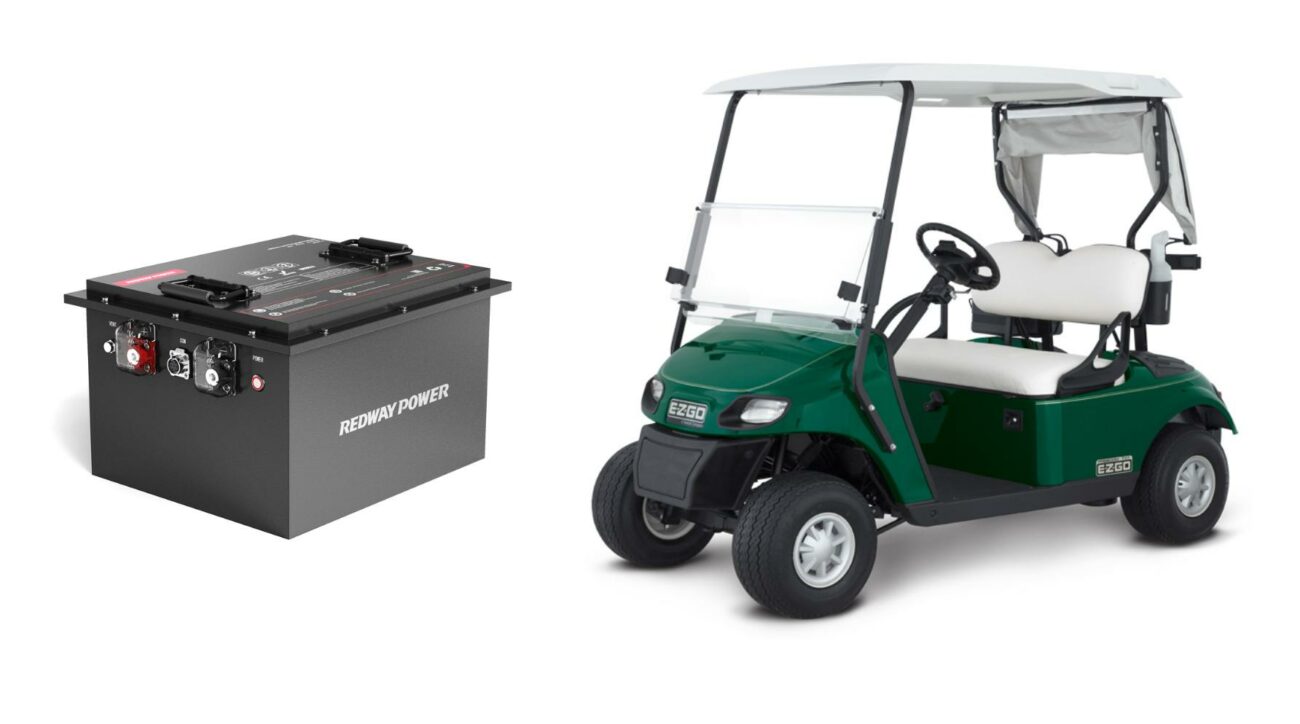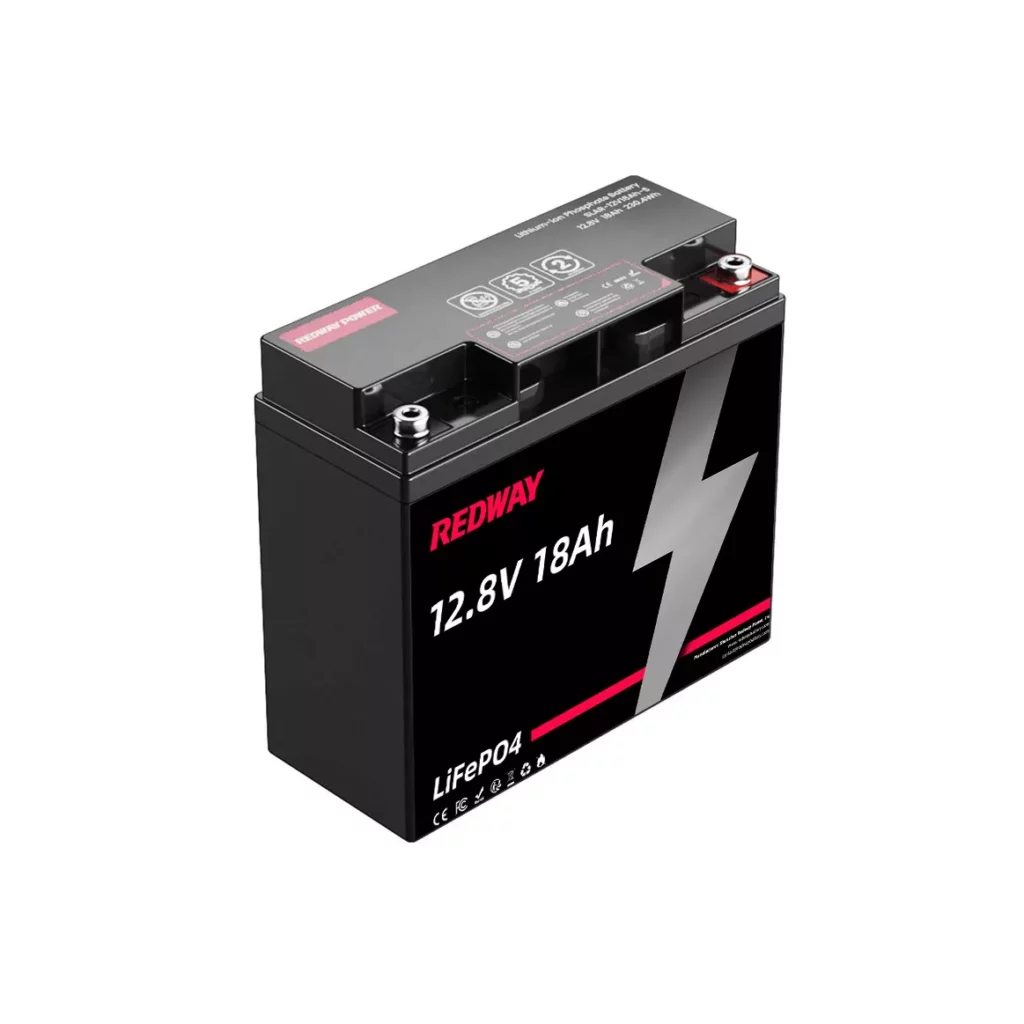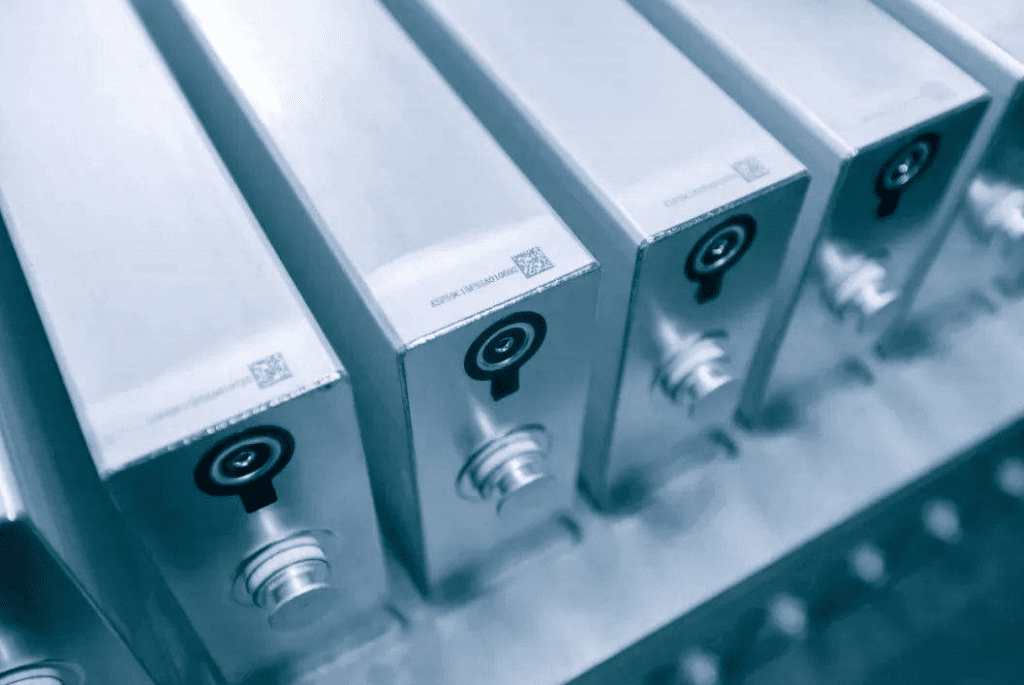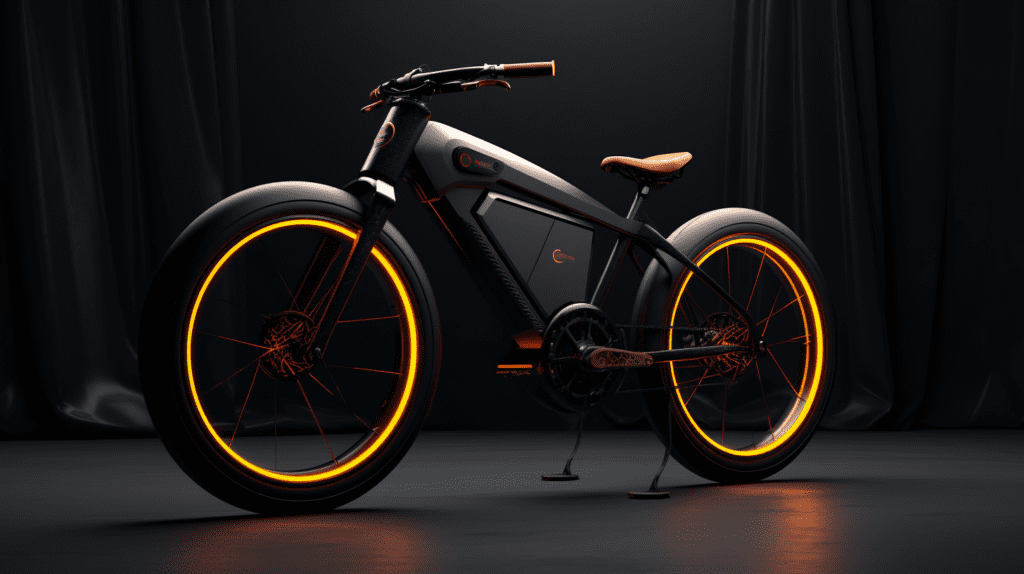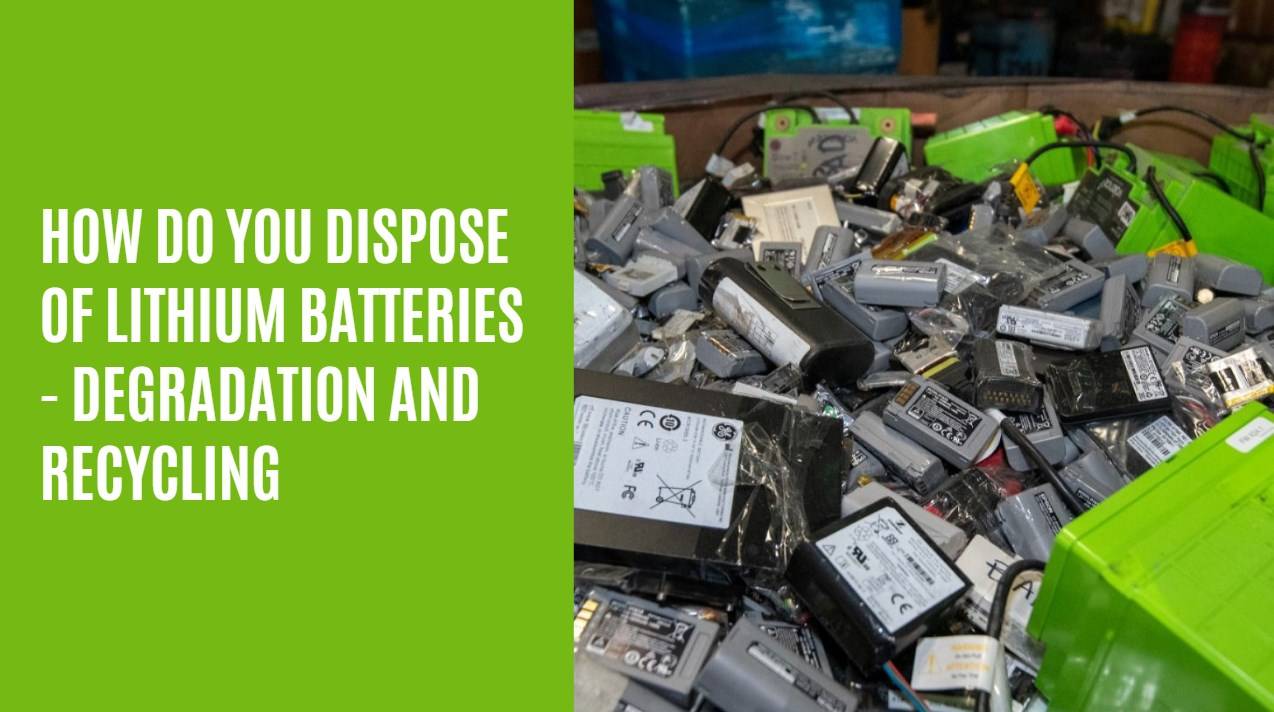Lithium batteries are increasingly becoming the preferred choice for e-scooters due to their numerous advantages, including lightweight design, long lifespan, and high energy density. These features enhance performance and efficiency, making lithium batteries a superior option compared to traditional lead-acid batteries. This guide explores the benefits and considerations of using lithium batteries in e-scooters.
What Are the Key Benefits of Using Lithium Batteries in E-Scooters?
Lithium batteries offer several key benefits that make them ideal for e-scooter applications:
- Lightweight Design: Compared to lead-acid batteries, lithium batteries are significantly lighter, improving overall scooter performance and handling.
- Longer Lifespan: With a cycle life of up to 2,000-5,000 cycles, lithium batteries outlast traditional options, reducing replacement costs.
- Higher Energy Density: They provide more power in a smaller size, allowing for longer rides between charges.
Chart: Comparison of Battery Types for E-Scooters
| Feature | Lithium Batteries | Lead-Acid Batteries |
|---|---|---|
| Weight | Light | Heavy |
| Cycle Life | 2000-5000 cycles | 500-1000 cycles |
| Energy Density | High | Low |
| Maintenance | Low | High |
How Do Lithium Batteries Compare to Other Battery Types for E-Scooters?
When compared to other battery types, lithium batteries stand out due to:
- Efficiency: Higher charge/discharge efficiency minimizes energy loss.
- Charging Speed: They charge faster than lead-acid batteries, allowing users to get back on the road quickly.
- Temperature Tolerance: Better performance in varying temperatures compared to other battery types.
What Performance Metrics Should You Consider for Lithium E-Scooter Batteries?
When evaluating lithium batteries for e-scooters, consider these performance metrics:
- Voltage and Capacity: Ensure compatibility with your e-scooter system; common configurations include 36V and 48V with capacities ranging from 10Ah to 20Ah.
- Discharge Rate: Look for a battery that can handle high discharge rates without overheating or losing capacity.
- Charging Time: Assess how long it takes to fully charge the battery; many lithium batteries can be charged within 4-6 hours.
Chart: Performance Metrics Overview
| Metric | Description |
|---|---|
| Voltage | Commonly 36V or 48V |
| Capacity | Ranges from 10Ah to 20Ah |
| Discharge Rate | High rates suitable for e-scooter motors |
| Charging Time | Typically 4-6 hours |
How Should You Charge and Maintain Your Lithium Battery?
Proper charging and maintenance are crucial for longevity:
- Use the Correct Charger: Always use a charger specifically designed for lithium batteries to avoid damage.
- Avoid Deep Discharges: Try not to let the battery discharge below 20% regularly; this can help prolong its lifespan.
- Store Properly: If storing for an extended period, keep the battery at around 50% charge in a cool, dry place.
Chart: Charging and Maintenance Tips
| Task | Frequency |
|---|---|
| Charge Regularly | As needed |
| Inspect Connections | Monthly |
| Store Properly | As needed |
What Are Common Misconceptions About Lithium Batteries in E-Scooters?
Addressing misconceptions can help users make informed decisions:
- Myth 1: “Lithium batteries are too expensive.”
- Reality: While initial costs may be higher, their longevity and efficiency often result in lower total costs over time.
- Myth 2: “Lithium batteries are unsafe.”
- Reality: When used correctly with proper chargers and management systems, lithium batteries are very safe.
What Safety Features Are Important in Lithium Batteries?
Safety is paramount when selecting lithium batteries:
- Battery Management System (BMS): Monitors voltage levels and temperature to prevent overcharging and overheating.
- Thermal Protection: Prevents overheating during operation or charging.
- Short Circuit Protection: Safeguards against electrical faults that could cause hazards.
How Do Environmental Factors Affect the Use of Lithium Batteries?
Environmental conditions can impact battery performance:
- Temperature Extremes: Very hot or cold conditions can affect capacity and efficiency; storing batteries within recommended temperature ranges is essential.
- Humidity Levels: High humidity can lead to corrosion; ensure proper storage conditions.
Industrial News
The demand for lithium batteries in e-scooters continues to grow as manufacturers focus on enhancing battery technology. Recent innovations emphasize improving energy density while reducing costs. Companies are also exploring sustainable practices in battery production and disposal, contributing to an eco-friendly approach in the cycling industry.
Redway Expert Insights
“Choosing lithium batteries for e-scooters is not just about performance; it’s about making a long-term investment,” states a Redway expert. “Their efficiency and durability can significantly enhance your riding experience while being environmentally friendly.”
FAQ Section
What is the typical lifespan of a lithium battery used in e-scooters?
Lithium batteries generally last between 2,000 to 5,000 cycles depending on usage and maintenance.Can I use a regular charger for my lithium e-scooter battery?
No, always use a charger specifically designed for lithium batteries to ensure safety and optimal performance.How do I store my lithium battery when not in use?
Store your lithium battery at around 50% charge in a cool, dry place away from direct sunlight.


